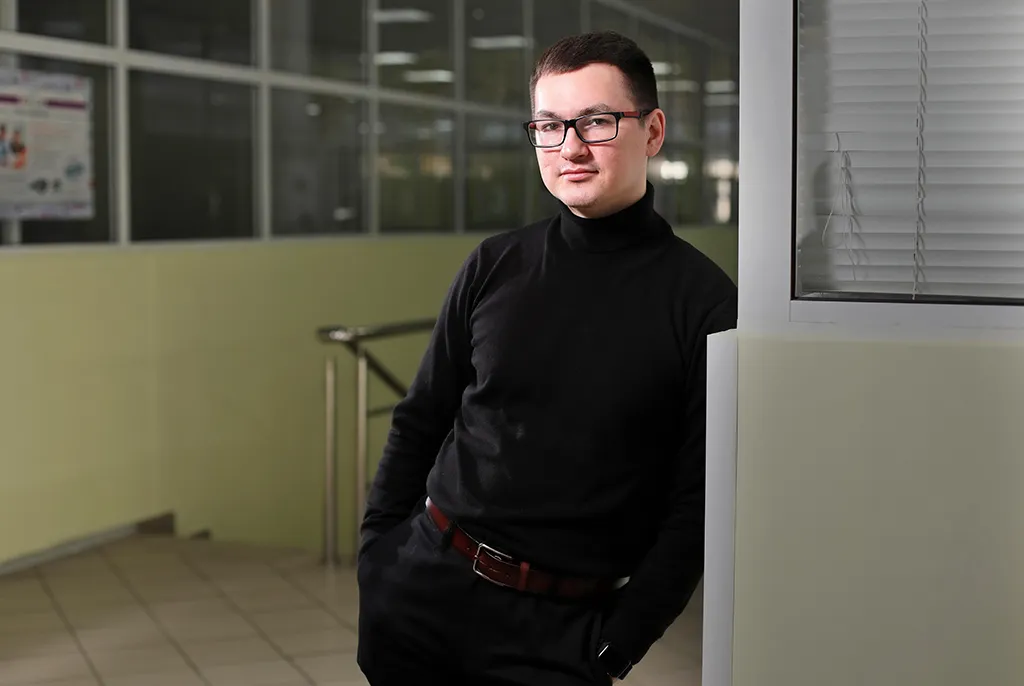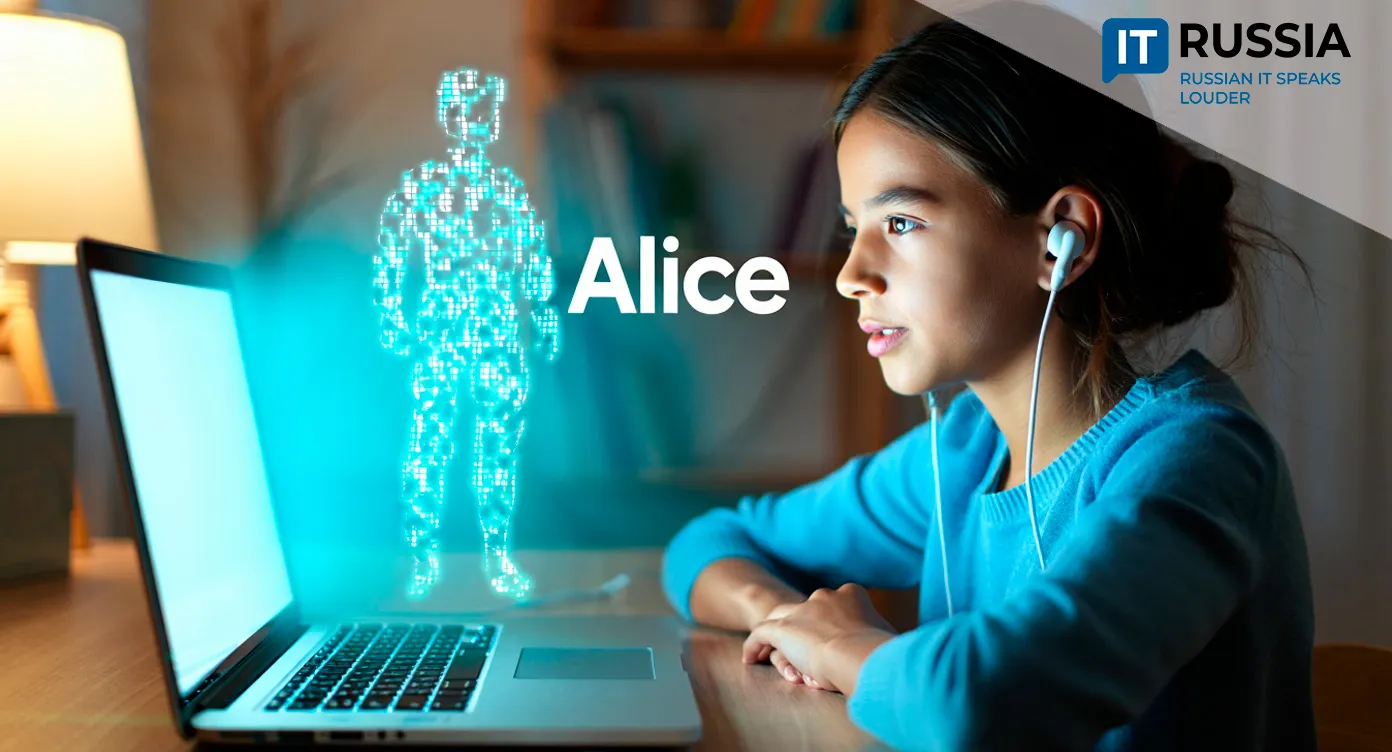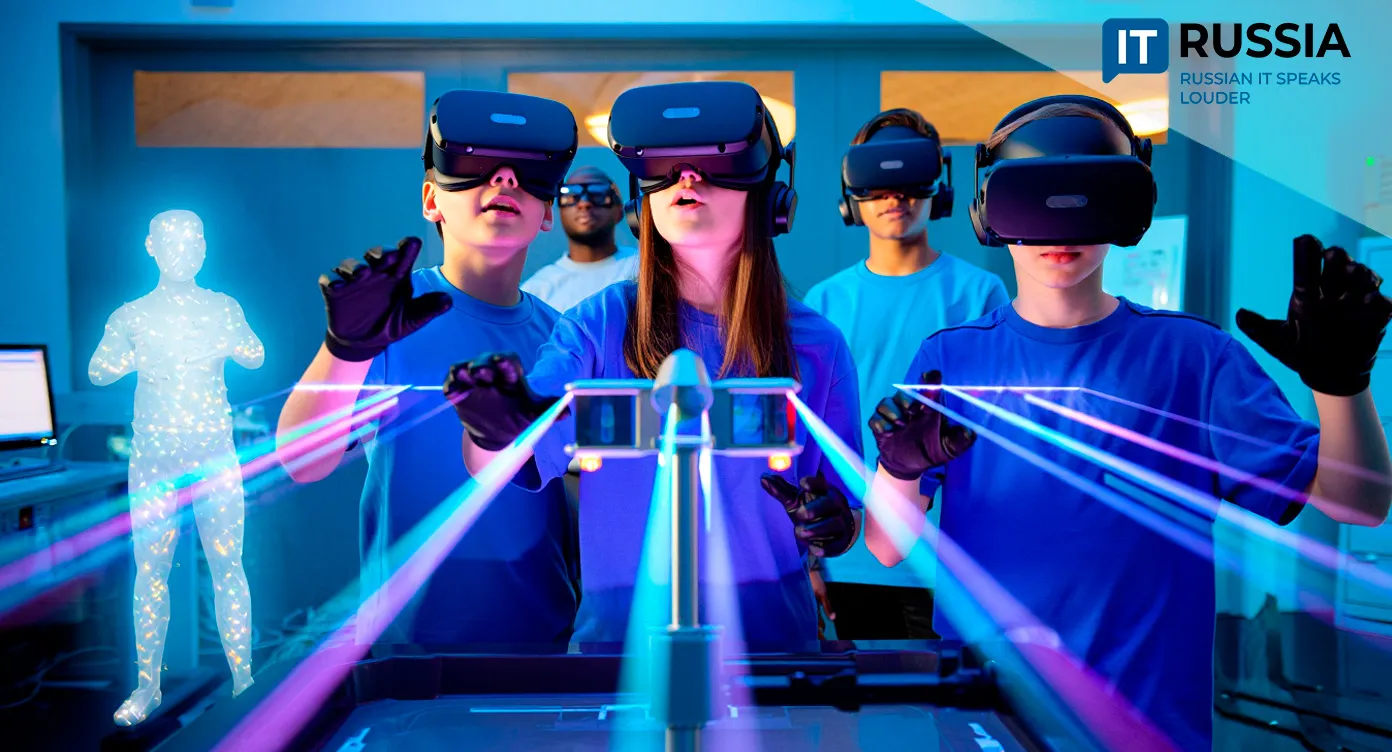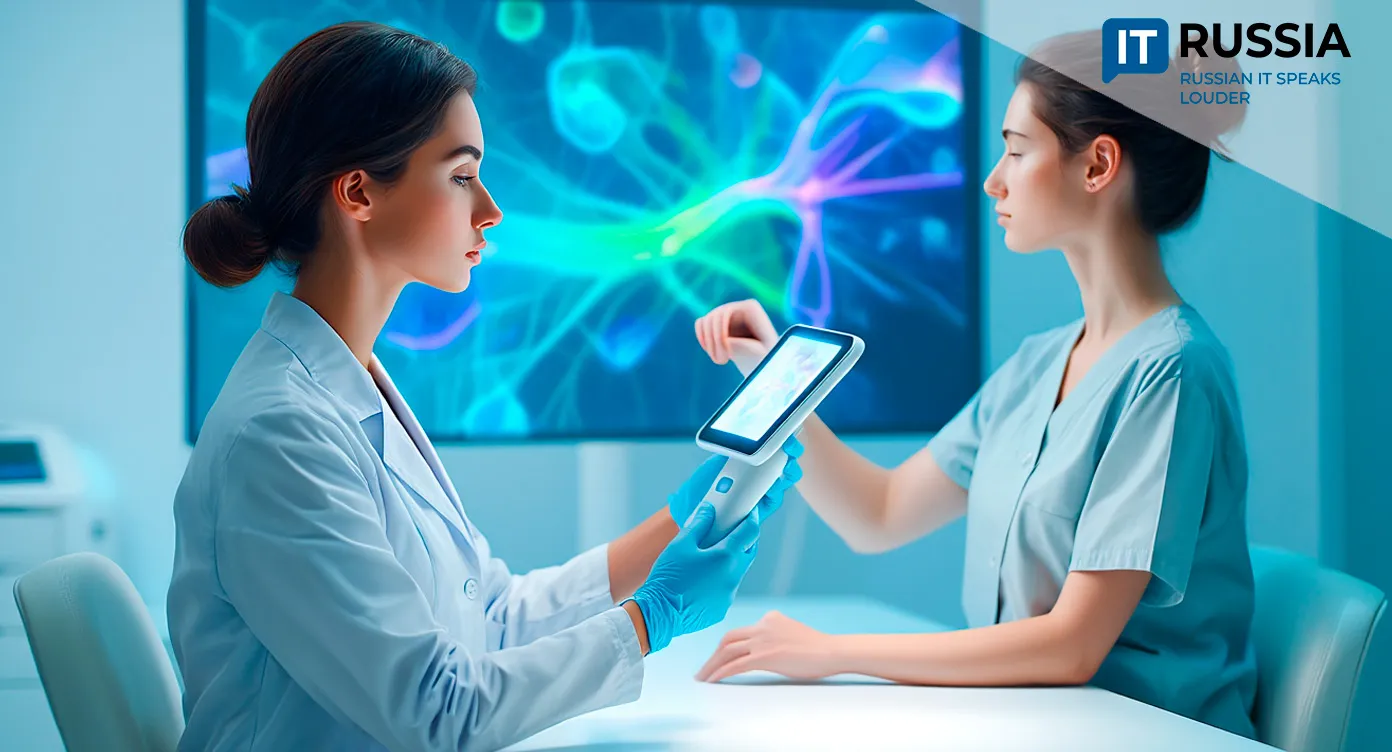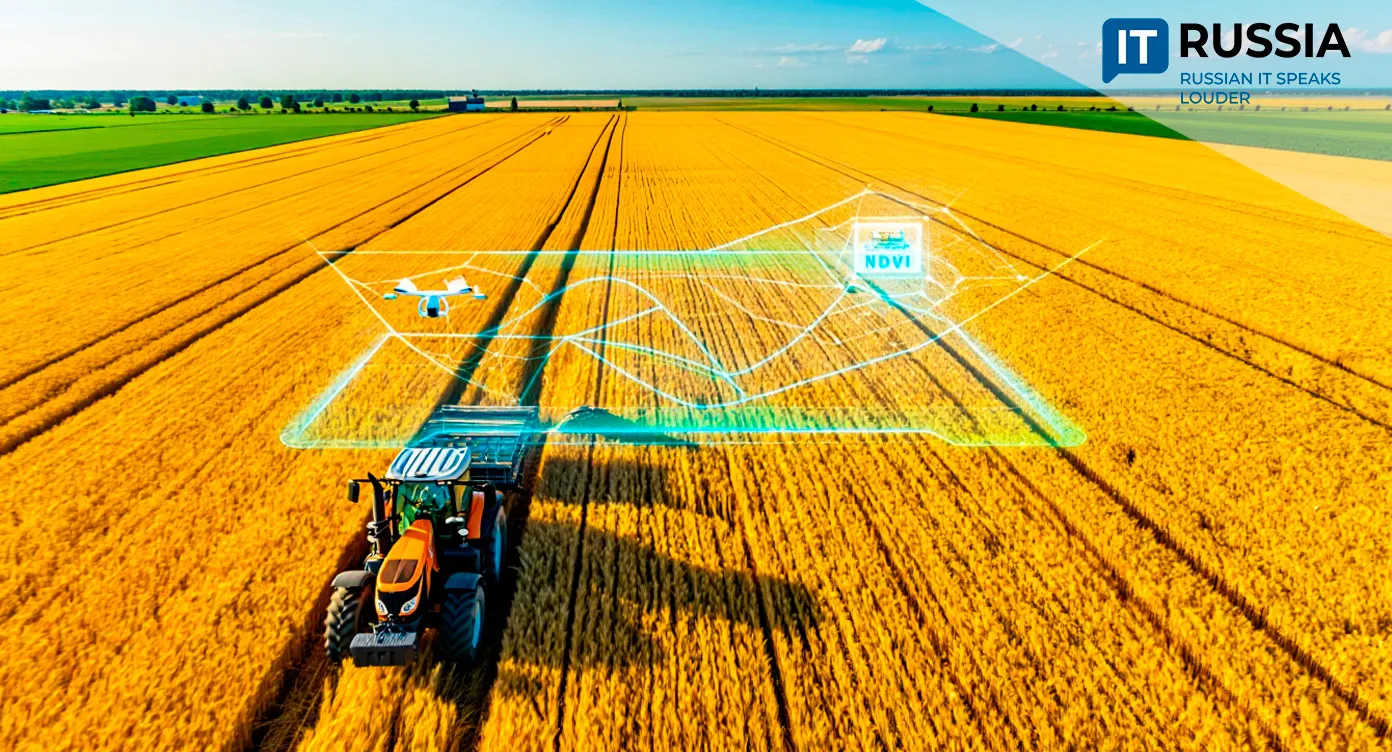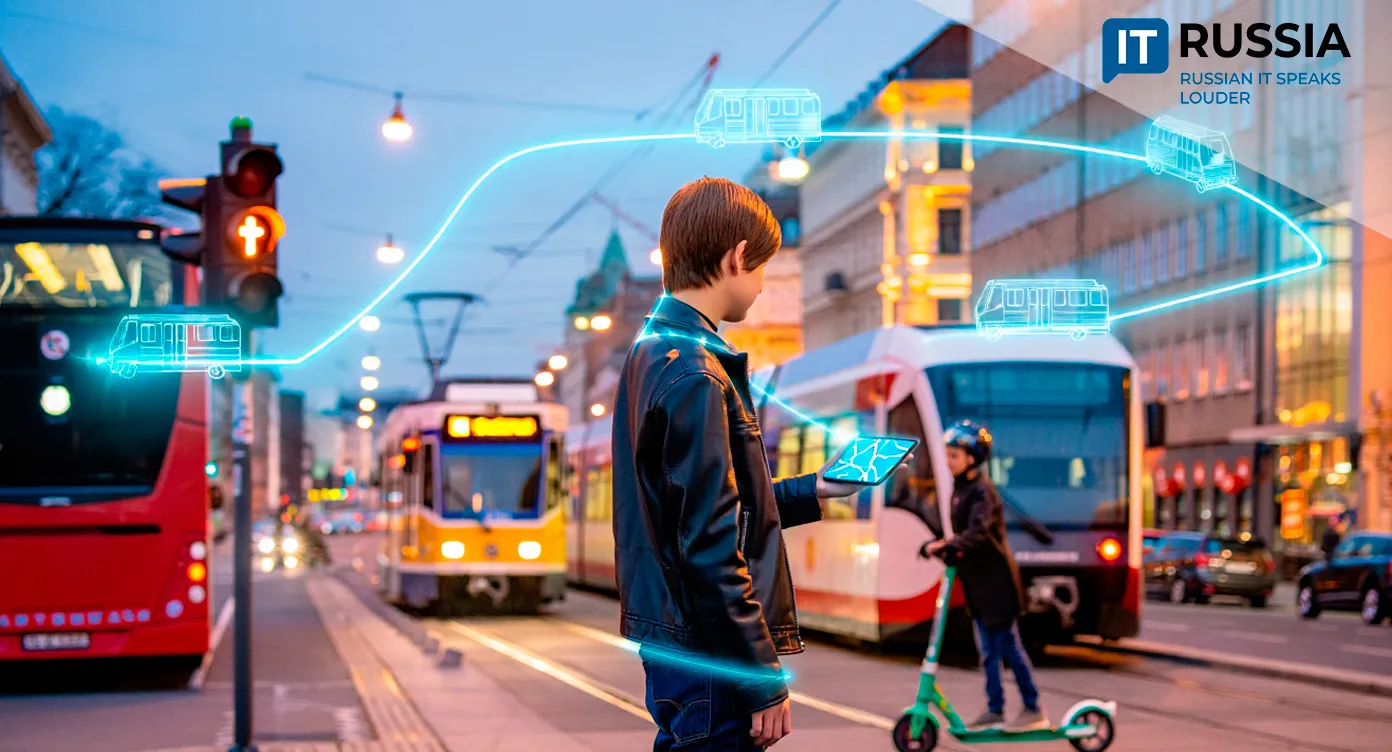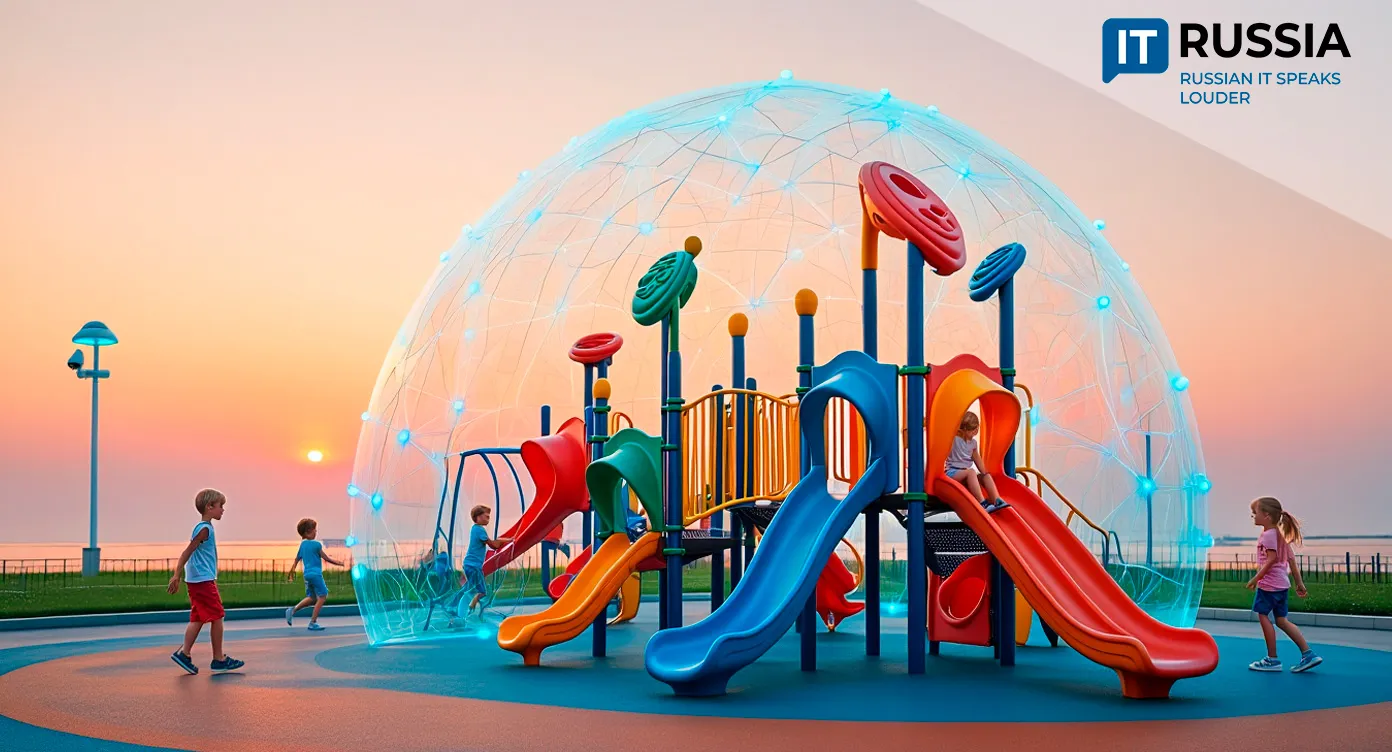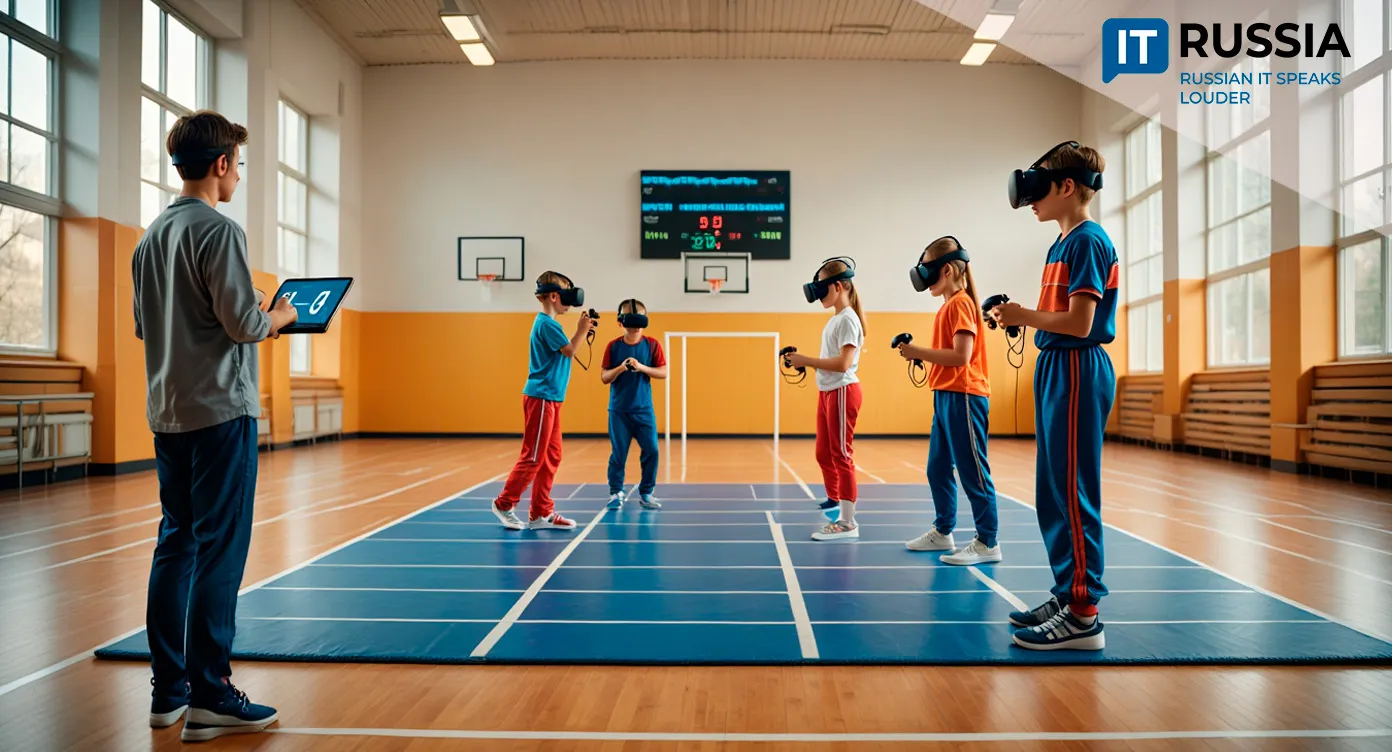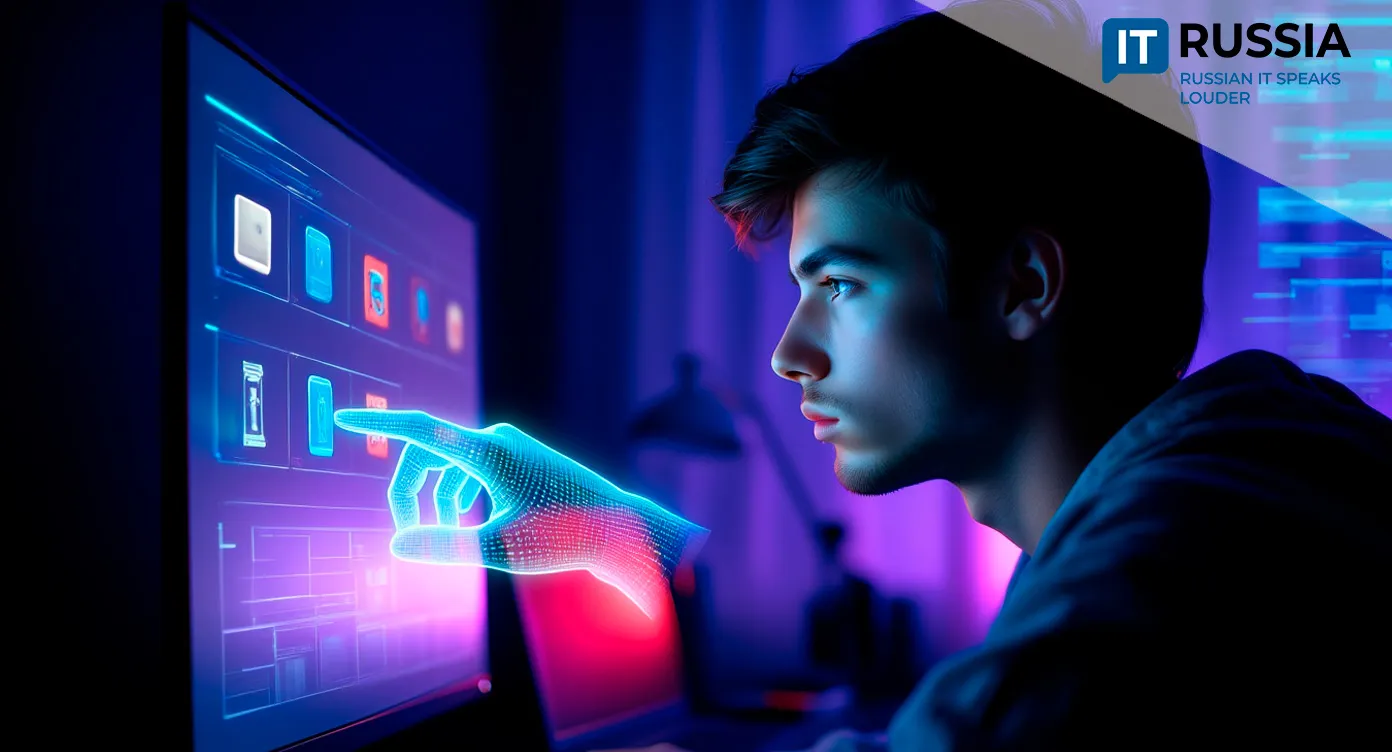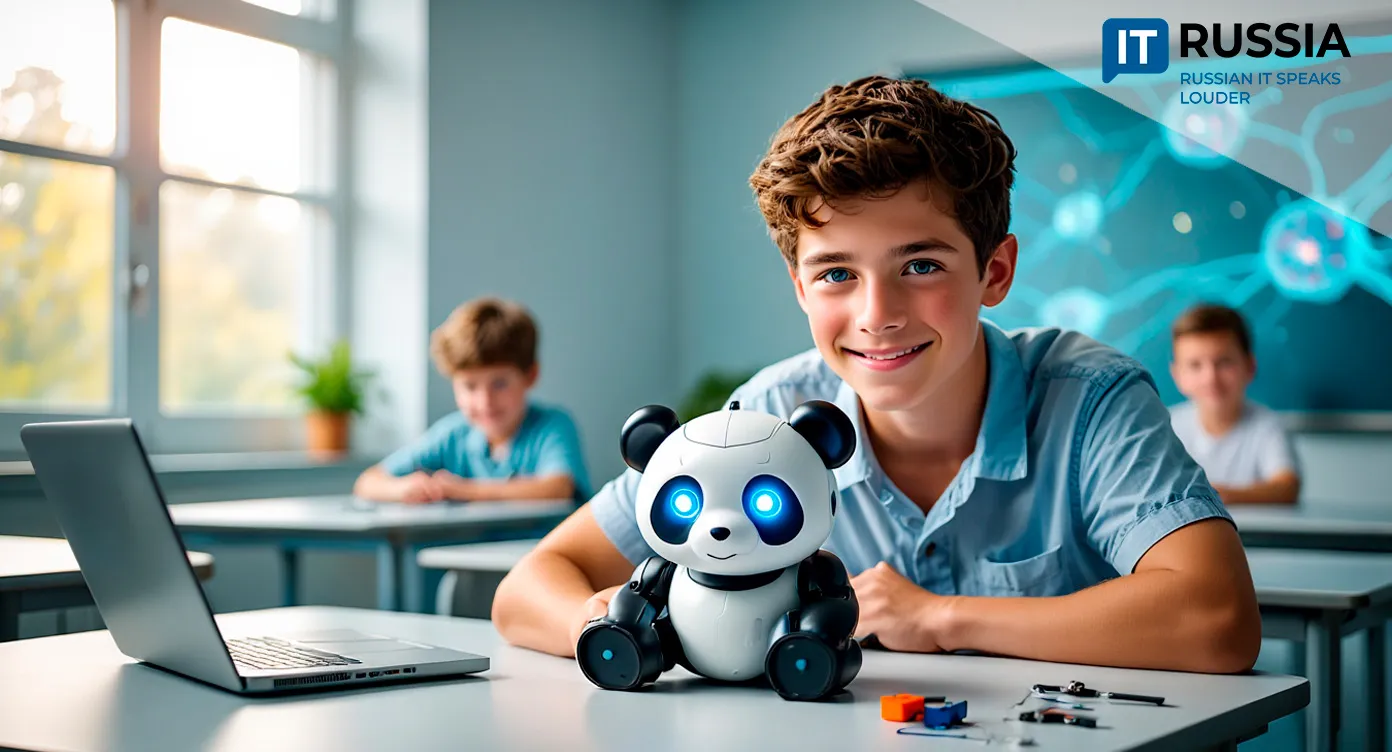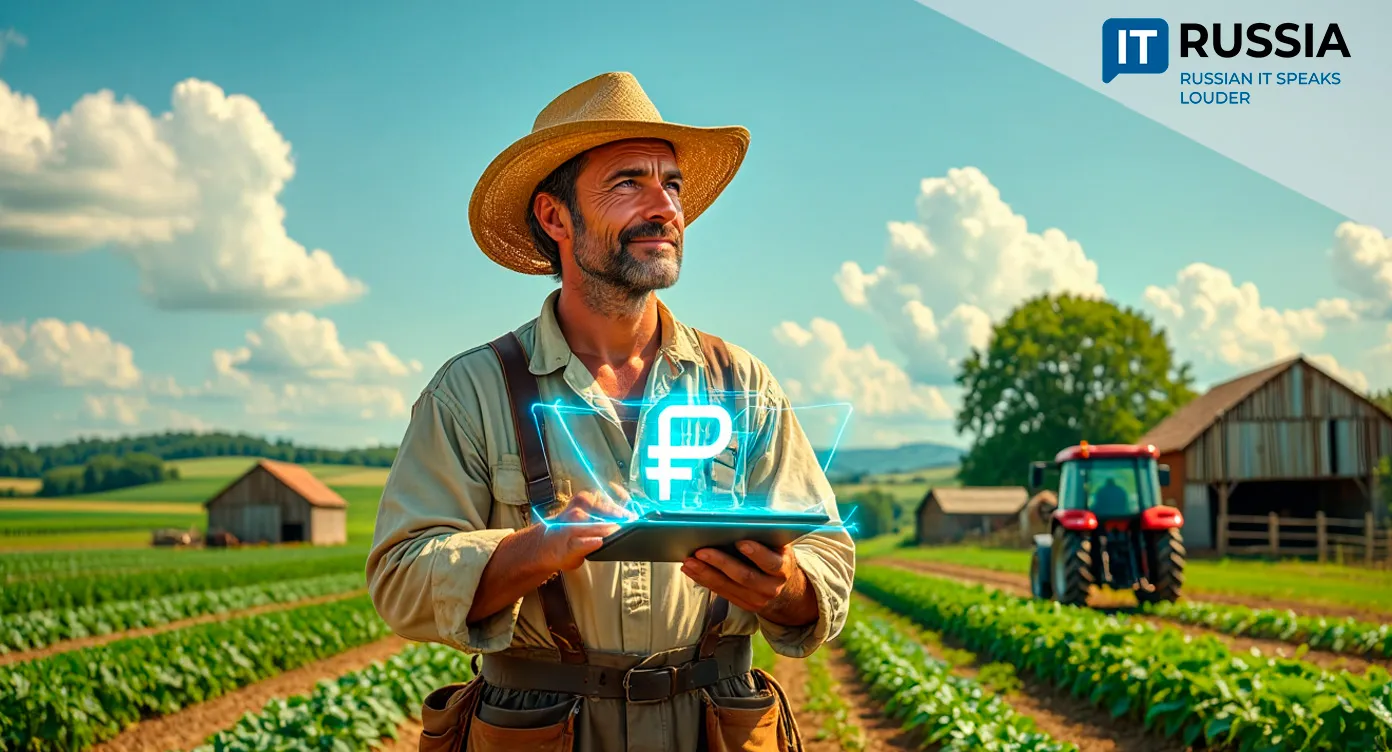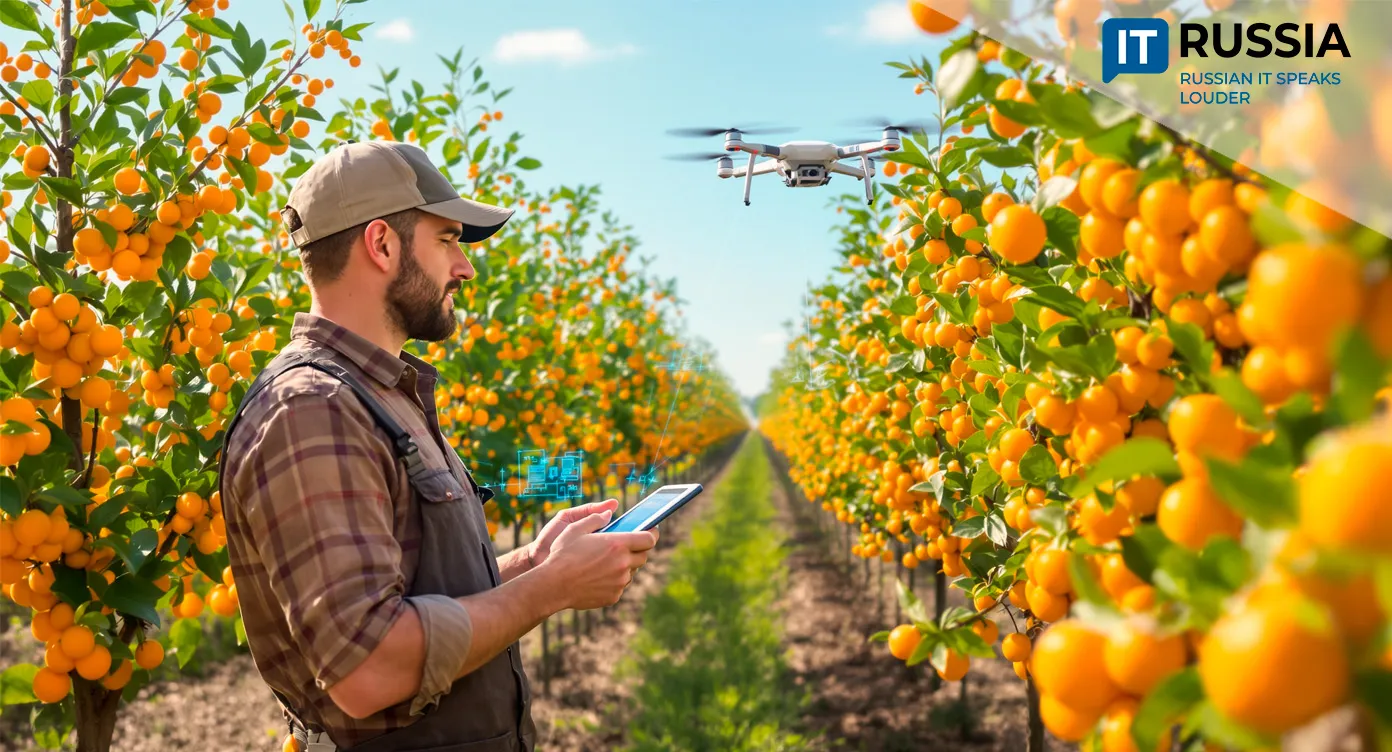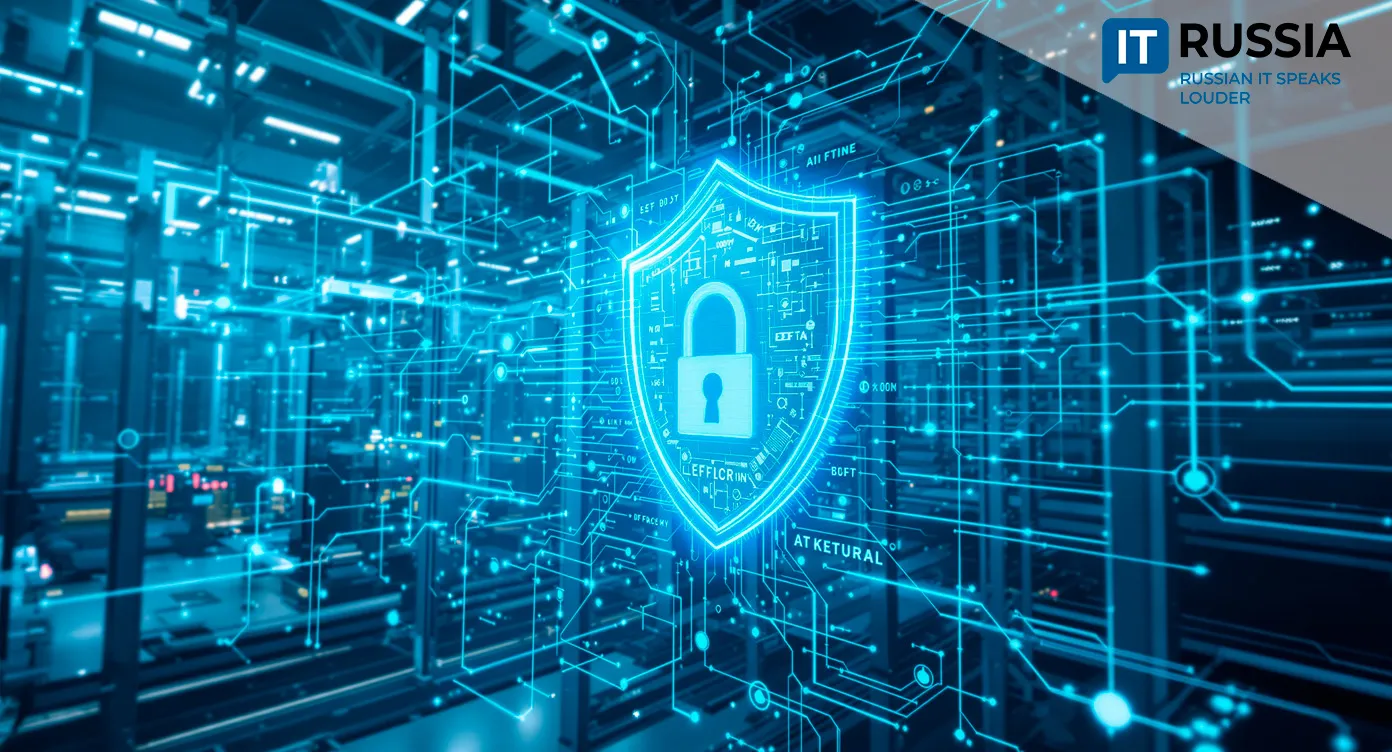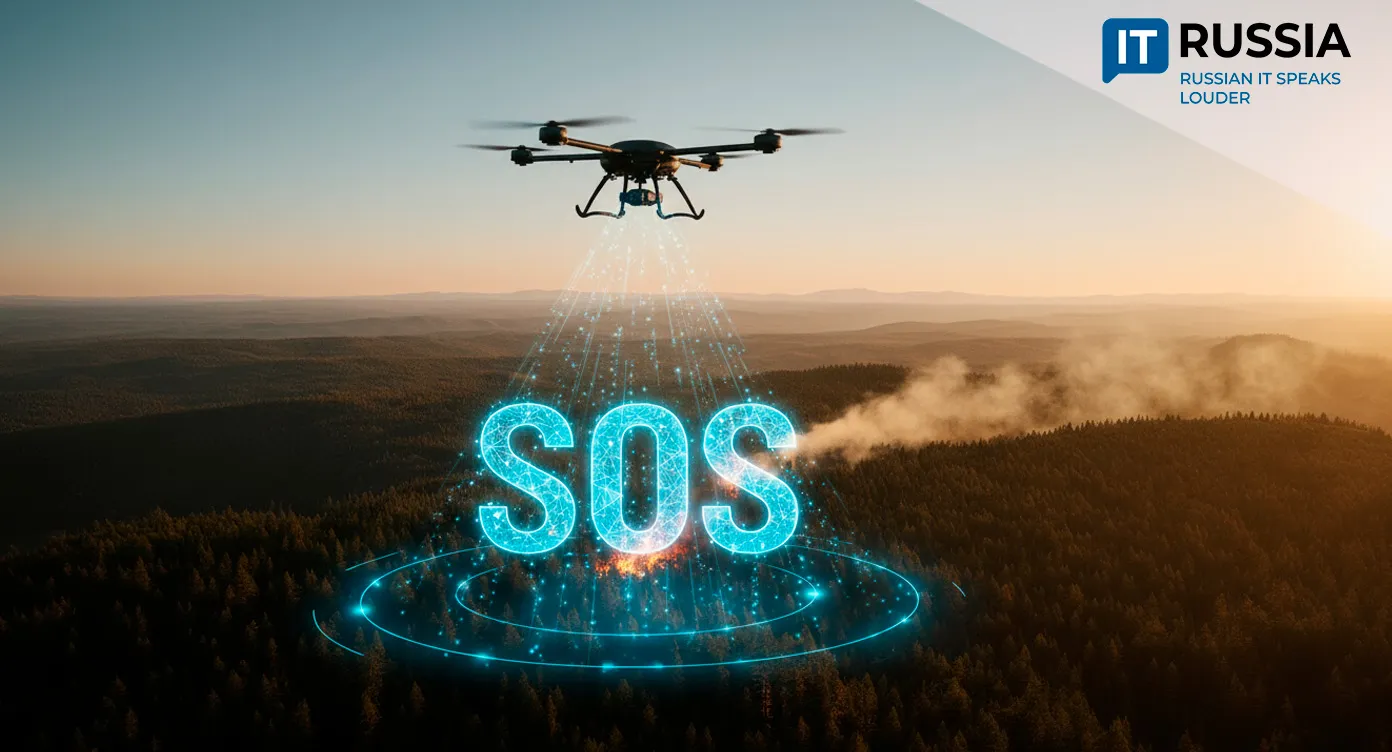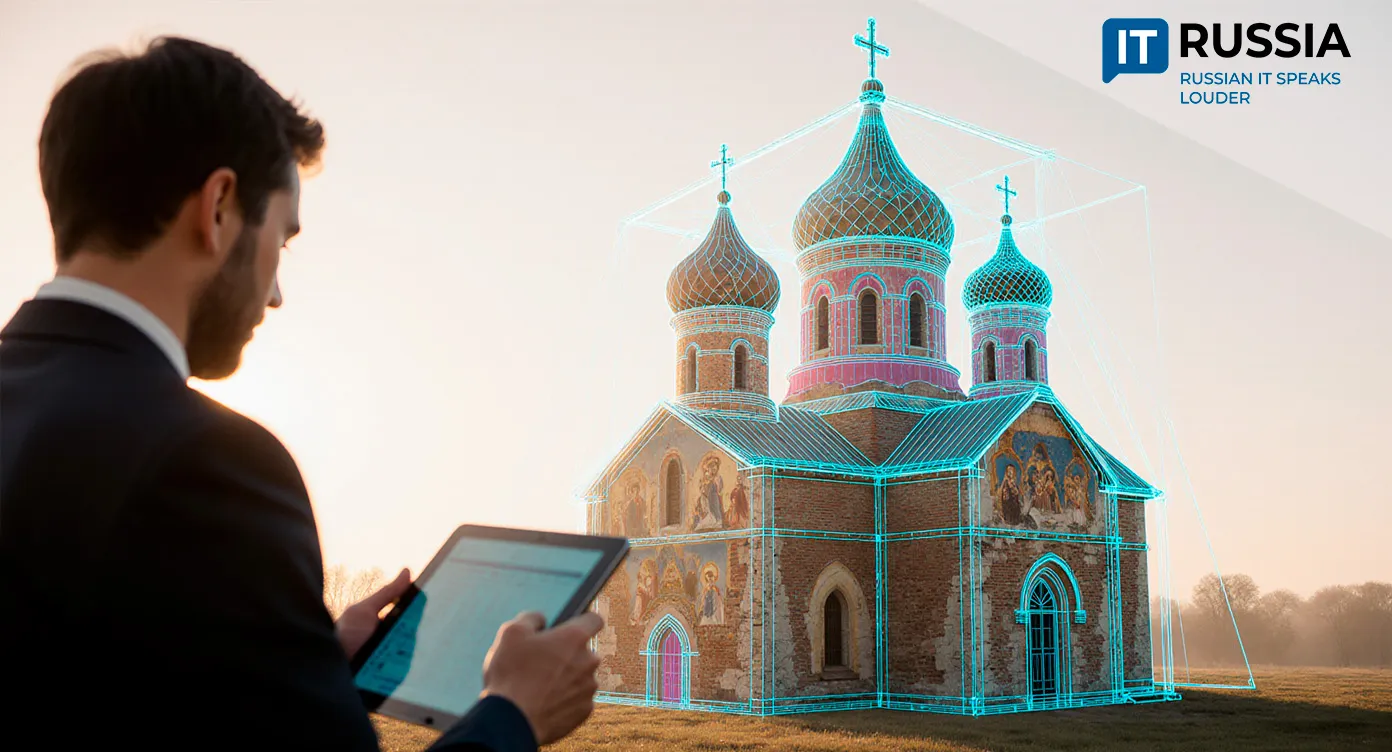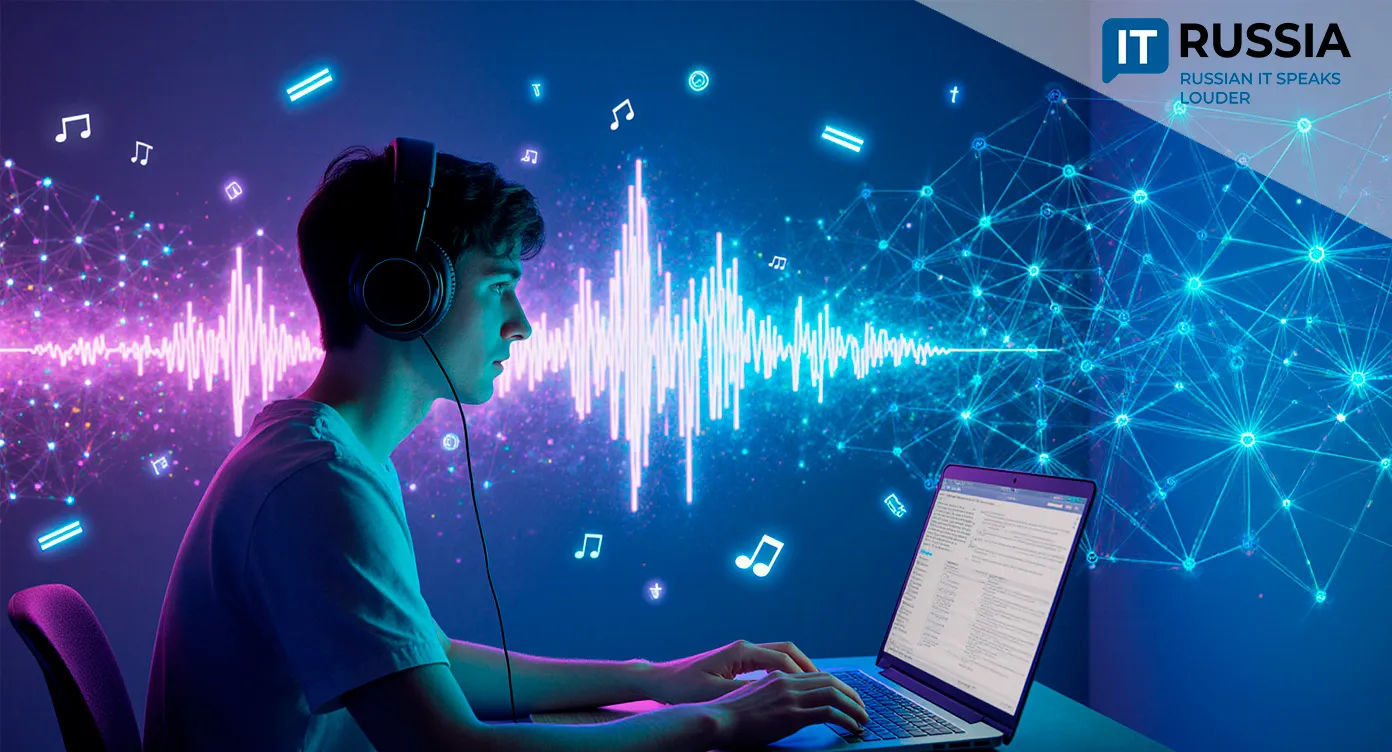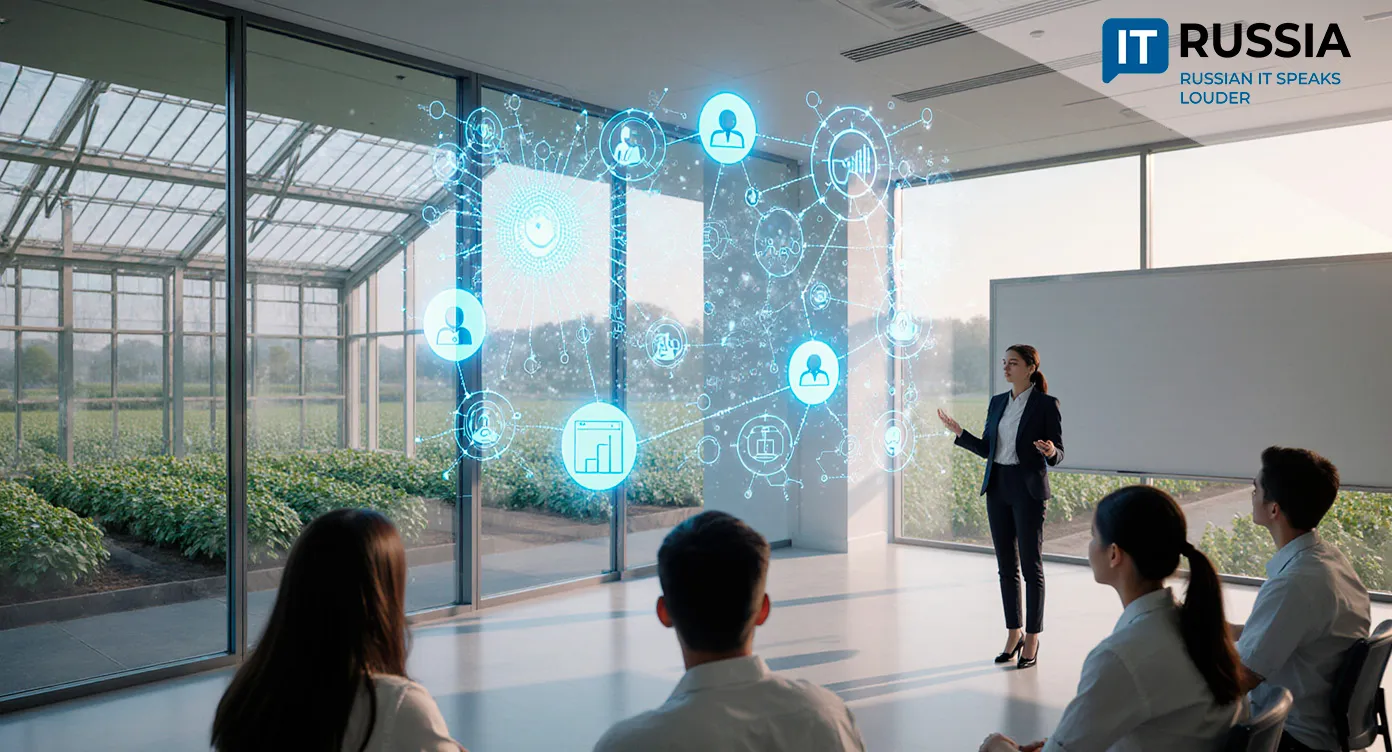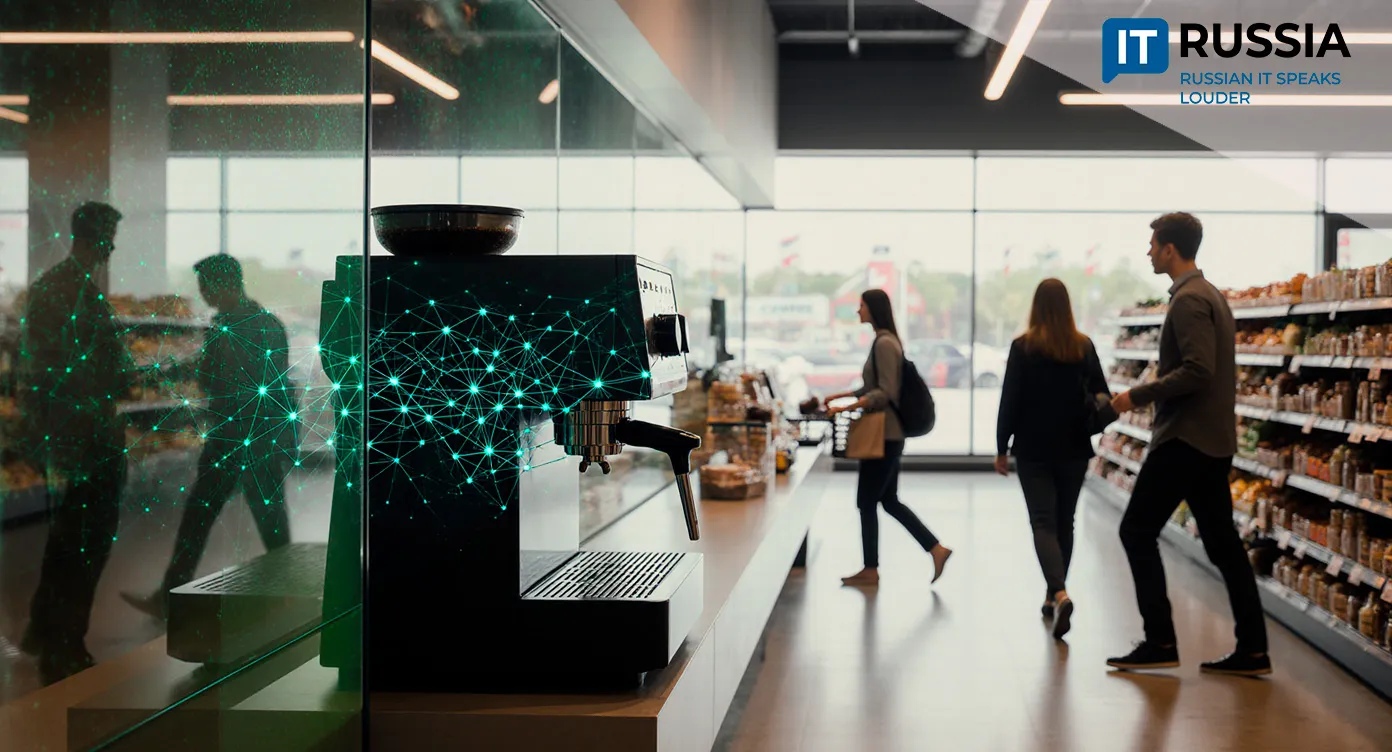AI for Accessibility: Russian Researchers Develop App to Protect the Visually Impaired from Scams
Researchers at Tomsk State University of Control Systems and Radioelectronics (TUSUR) have developed a mobile application designed to protect visually impaired users from phishing scams. The app scans QR codes and NFC tags used in navigation systems, alerting users to suspicious links and preventing malicious substitutions by attackers.
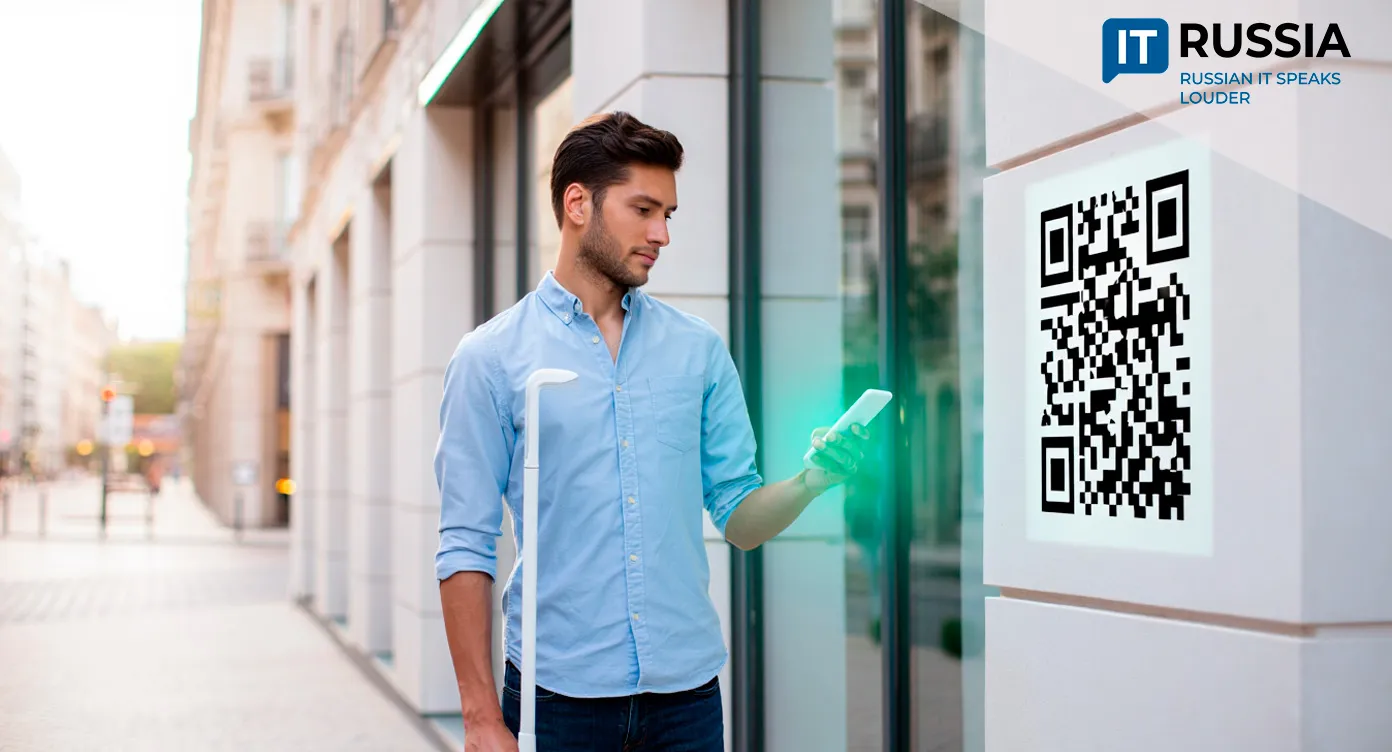
Protecting Vulnerable Users
At the core of the system are fuzzy classifiers — Min-Max and the Angelov-Yager system — developed with support from the Russian Science Foundation. While the Angelov-Yager method is well-known in fuzzy logic, it has rarely been used in large-scale phishing detection products, which typically rely on rule-based or ML/AI models like Random Forest, CatBoost, or neural networks.
This makes the TUSUR project unique. The underlying machine learning algorithms are designed to explain their reasoning in plain language, making AI decisions more transparent to users.
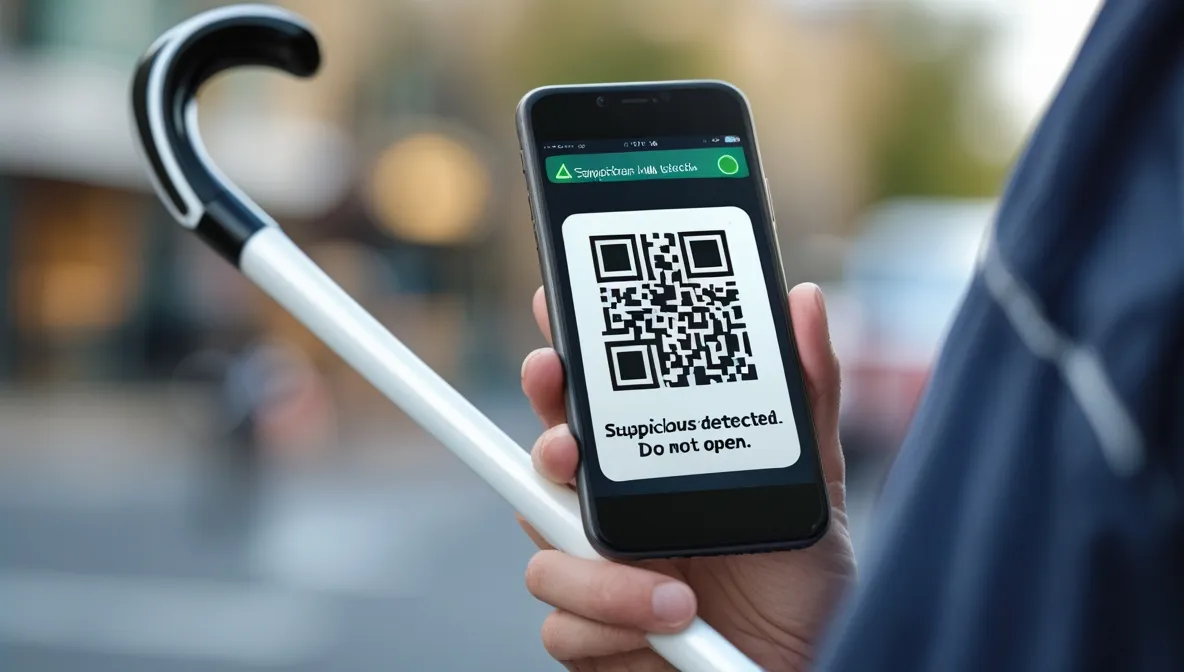
The app, scheduled for release in 2026 via Google Play, will initially allow users to scan and verify QR and NFC tags and later expand to detect fraudulent emails.
This initiative enhances digital safety for visually impaired people, reducing the risk of social engineering attacks. For Russia, it represents a successful example of AI development focused on accessibility and inclusion — and globally, it reflects a growing movement to use AI to protect vulnerable communities.
Expanding Capabilities and Global Reach
The next phase of the project aims to broaden its user base beyond the visually impaired, covering people with other sensory or cognitive differences.
Future updates will include modules for checking websites, emails, and document authenticity. Integration with national support systems for people with disabilities and collaboration with regional universities is also planned.
The combination of AI and accessibility gives the project international potential — its technology could be adapted for countries seeking inclusive digital protection solutions. In a broader sense, Russia’s experience could become a model for how AI-based safeguards can enhance both cybersecurity and accessibility on a global scale.
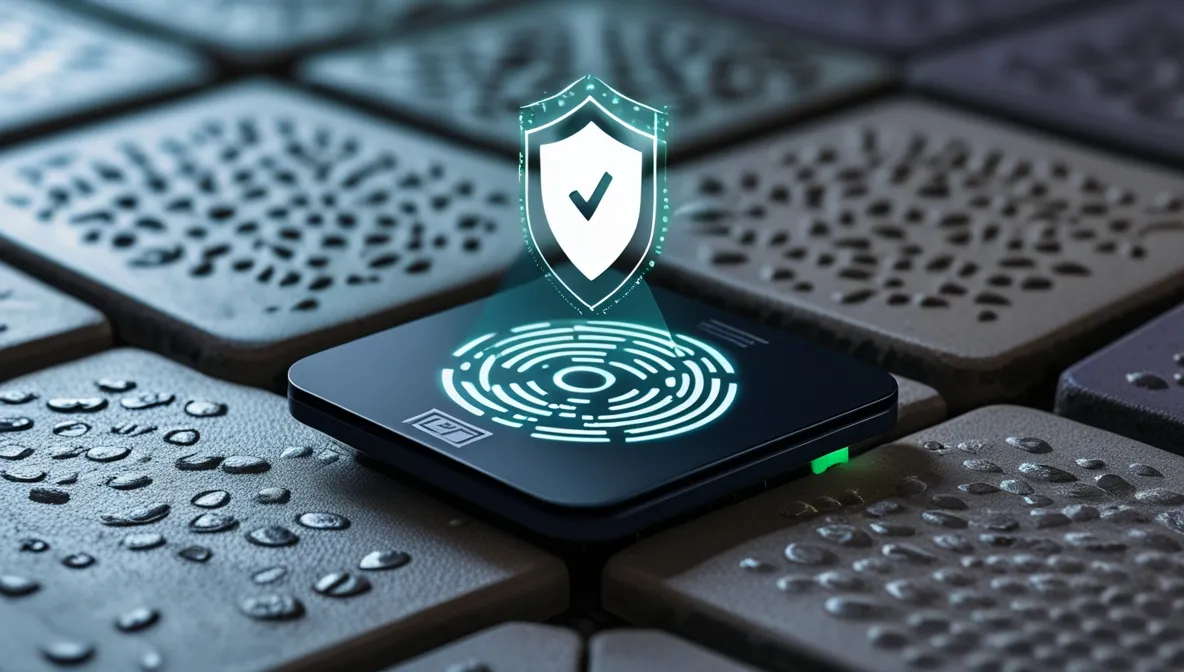
Challenges and Countermeasures
Digital inclusion for people with disabilities has become a growing focus in Russia. For instance, Yandex has adapted sixteen of its services for blind users, with screen readers that read aloud interface content, while MTS Bank has introduced an accessible design system for its digital banking services.
Other companies, such as Beeline, have launched free digital literacy courses for blind users, teaching them how to navigate devices across Windows, iOS, and Android platforms. Despite these advances, barriers remain — particularly among older users and those living in rural or low-income regions. Meanwhile, phishing and other forms of online fraud continue to evolve, increasingly using AI for deception. Projects like TUSUR’s app mark a critical step toward closing the accessibility gap while also strengthening defensive AI for cybersecurity.
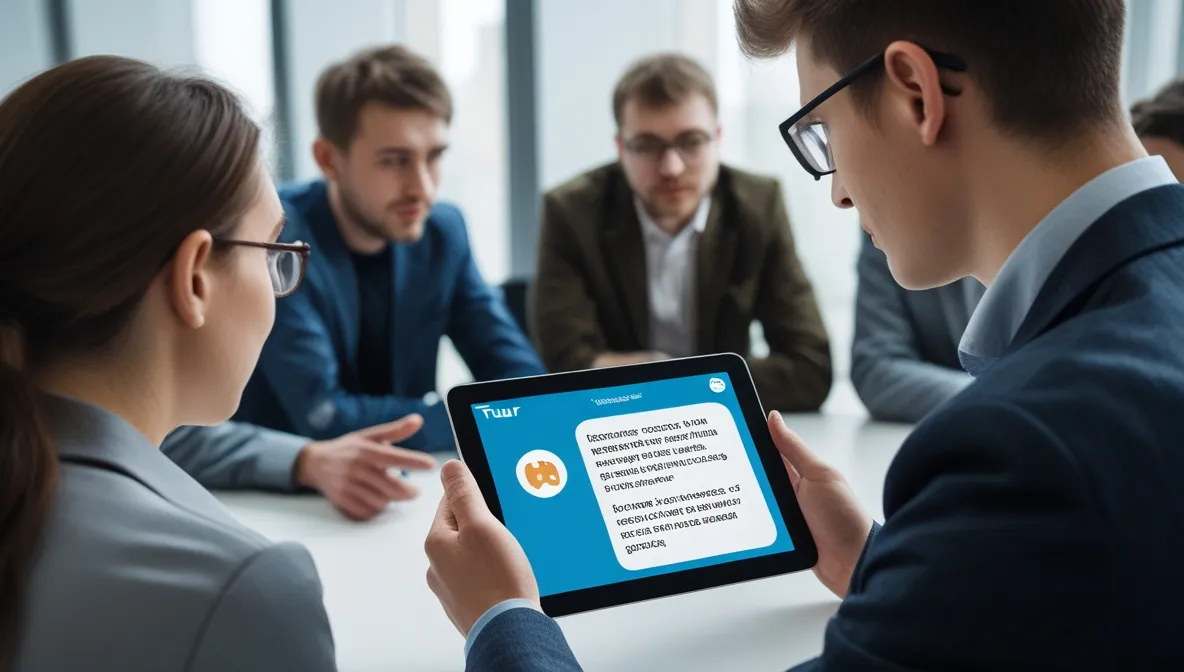
Where AI Meets Inclusion
This initiative stands at the intersection of artificial intelligence, accessibility, and information security. It represents a new paradigm in technology design: one that not only automates defense against cyber threats but also empowers those most at risk. Russian universities are playing an active role in developing socially oriented technologies, showing that innovation can also serve inclusivity.
Within the next one to two years, TUSUR’s team plans to complete testing and gather feedback before scaling the system to cover a wider range of use cases. In the medium term, integration with national and international cybersecurity frameworks is expected, along with the addition of modules for detecting threats in emails, banking applications, and websites.
Ultimately, the long-term goal is to create a universal platform that combines AI-driven protection with accessibility for all users.


